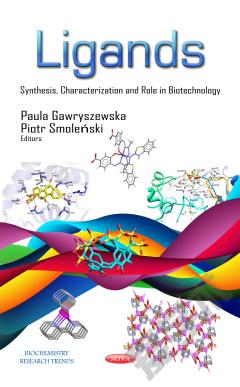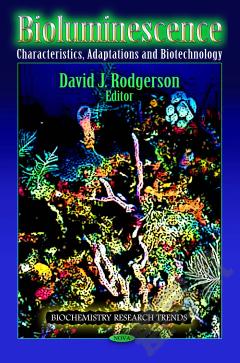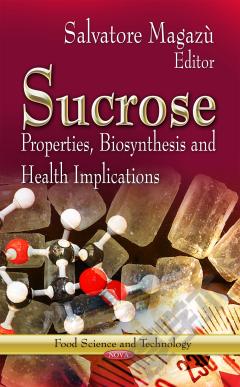Ligands: Synthesis, Characterization and Role in Biotechnology
To meet the search for new therapeutic compounds this book summarizes the research on biologically active organic molecules (chapters 1, 2 and 3), metal complexes with biological activity (chapter 4), and shows the possibilities for coordination chemistry in the planning of metal complexes with interesting properties for application (chapters 5, 6, 7, 8, and 9). It should be remembered that in the design of a new potentially active metallodrug, beyond the nature of the metal, the choice of appropriate ligands which affect the thermodynamic and kinetic stability, as well as the solubility and lipophilicity of the complexes is of paramount importance.The information contained in the book concerns: 1) the interactions involving the members of the Nuclear Receptor superfamily and their ligands; 2) the role of chemokine ligands and their receptors in normal and disease processes, and the emerging therapeutic approaches of using chemokine antagonists for appropriately targeted therapy; 3) the inhibition of alkaline phosphatases by calix[4]arenes functionalysed at the macrocyclic upper rim by one or two methylenebisphosphonic acid fragments; 4) the main biological applications, enzyme modelling and antiproliferative and antimicrobial activity of such scorpionate-type complexes, which are classified by ligand and also by transition metal; 5) the silver(I) discrete and polymeric coordination compounds bearing 1,3,5-triaza-7-phosphaadamantane or its derivatives towards engineering functional silver-organic frameworks (MOFs); 6) arylhydrazones of methylene active nitriles and their use as starting materials for the generation of new organic and coordination compounds; 7) amidophosphate ligands as promising sensitizers of lanthanide ions emission; 8) N-acetylsalicylhydrazidate as a versatile ligand for the synthesis of higher nuclearity metal complexes, which are illustrated herein along with their applications; 9) the chemistry and some applications of formazans which can be used for the simultaneous selective determination of several metal cations. All chapters were compiled by renowned scientists, providing both beginners in the field and advanced researchers with comprehensive information on the subject. (Imprint: Nova)
{{comment.content}}








 京公网安备 11010802027623号
京公网安备 11010802027623号